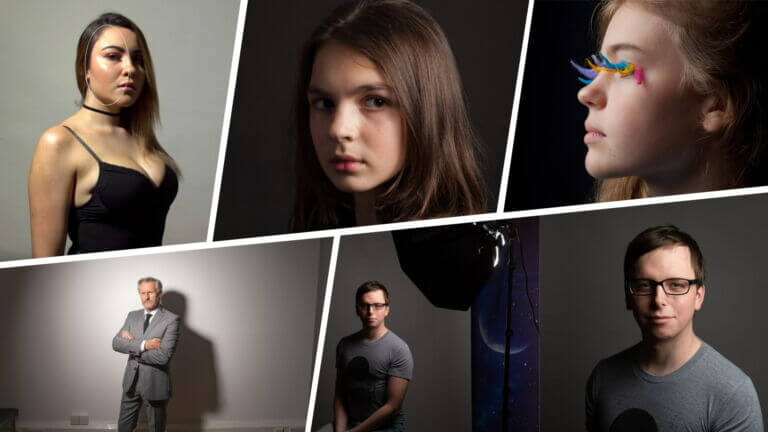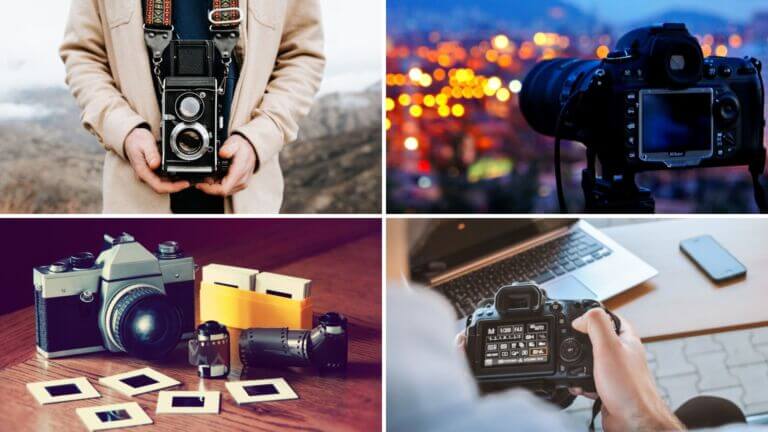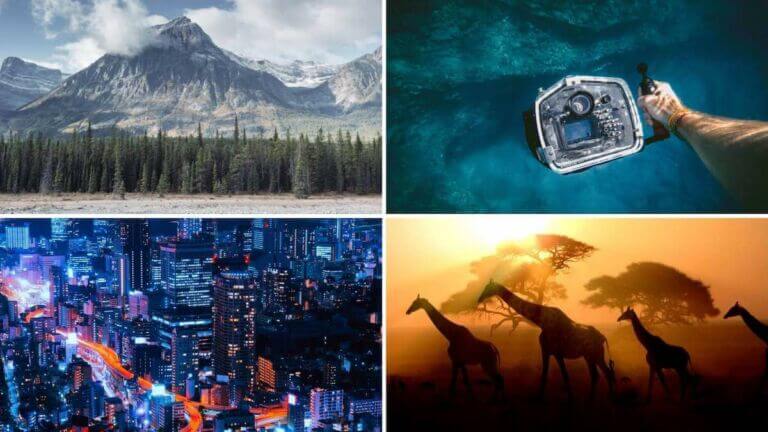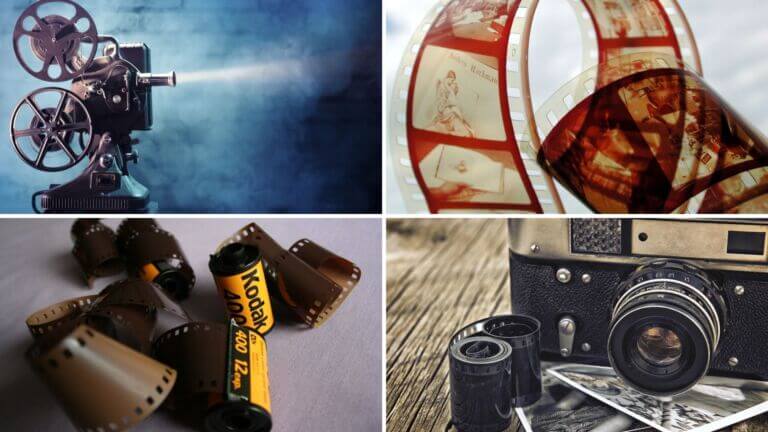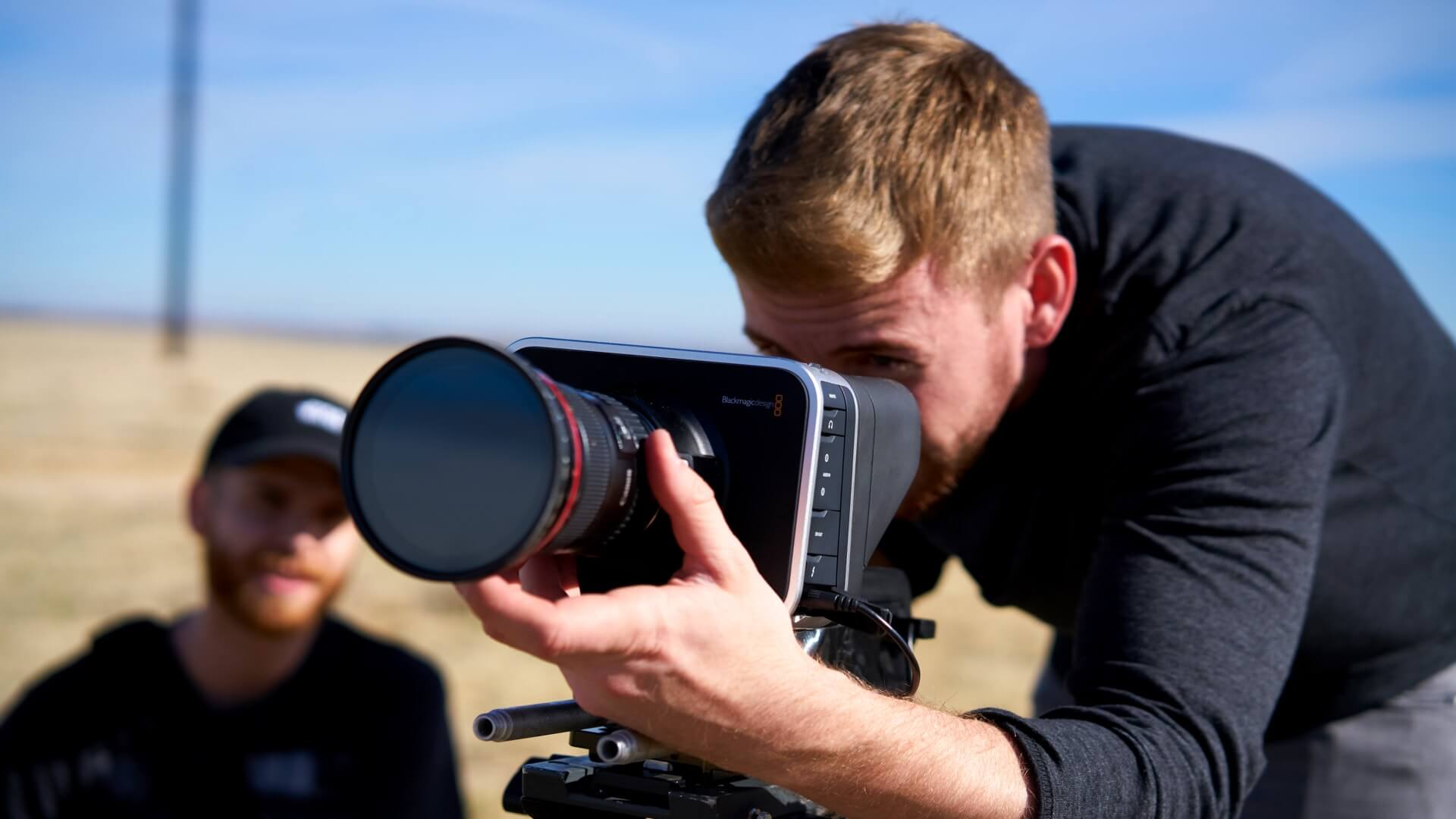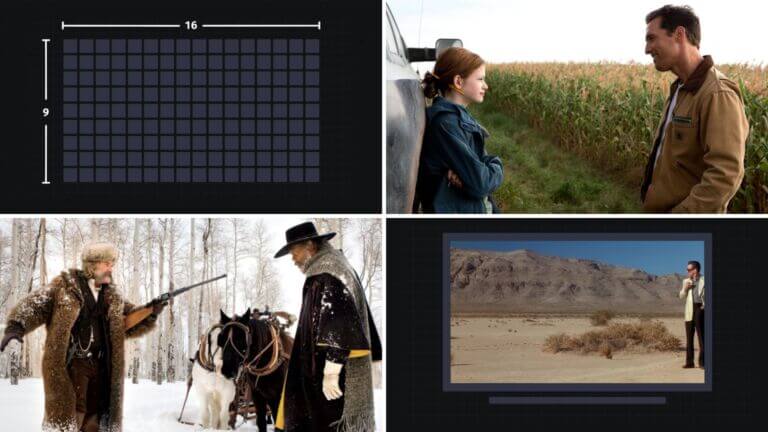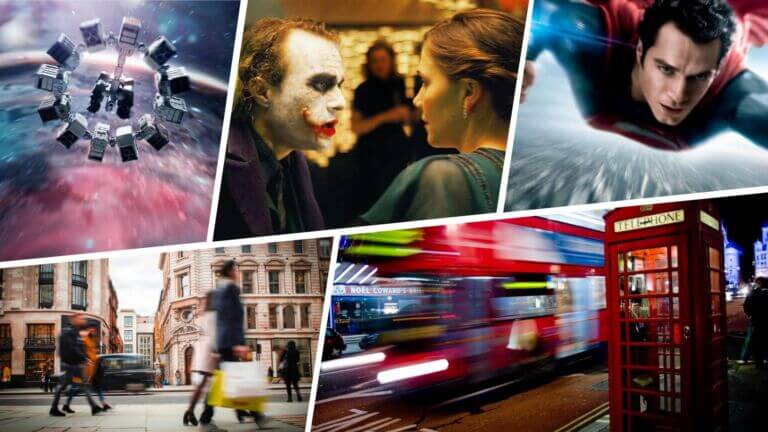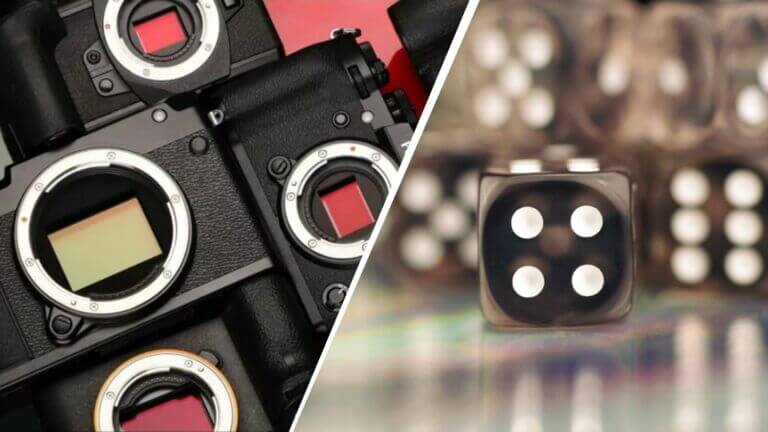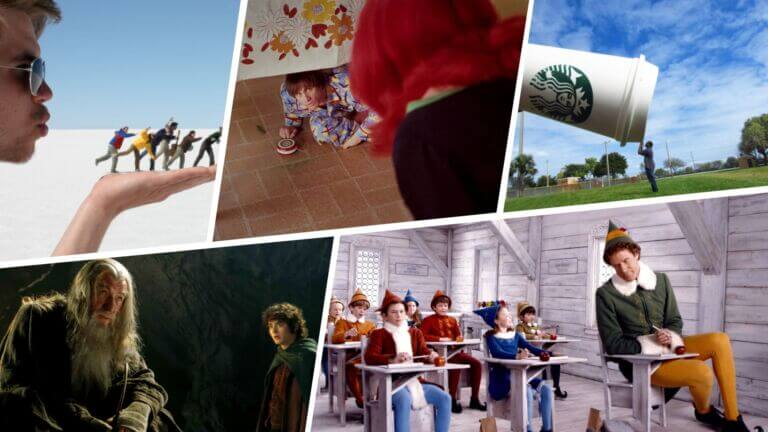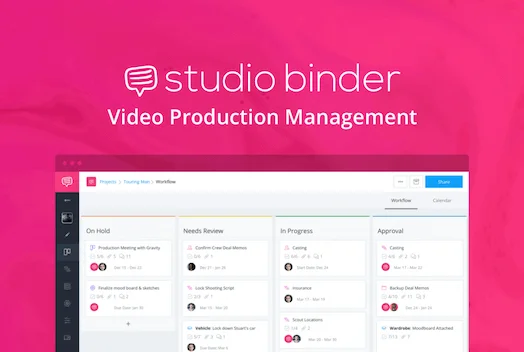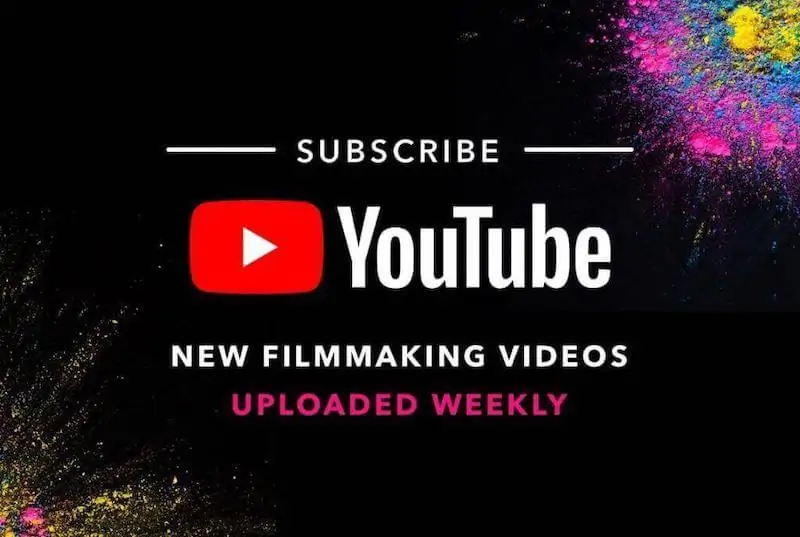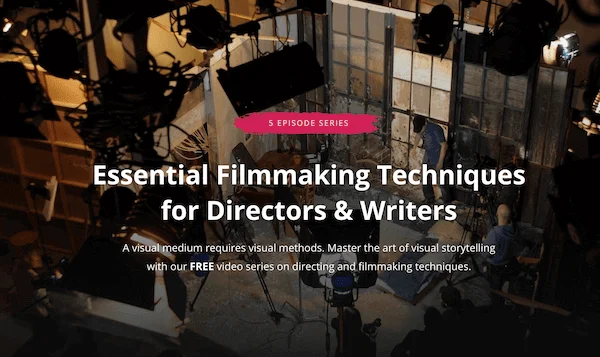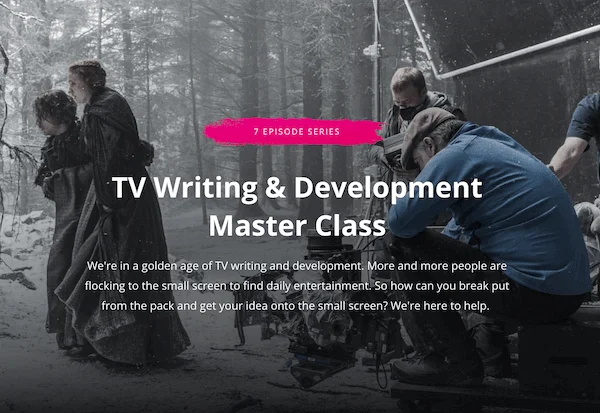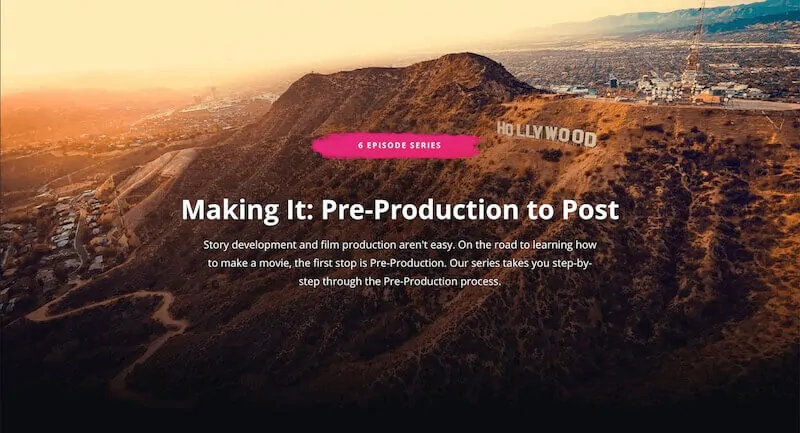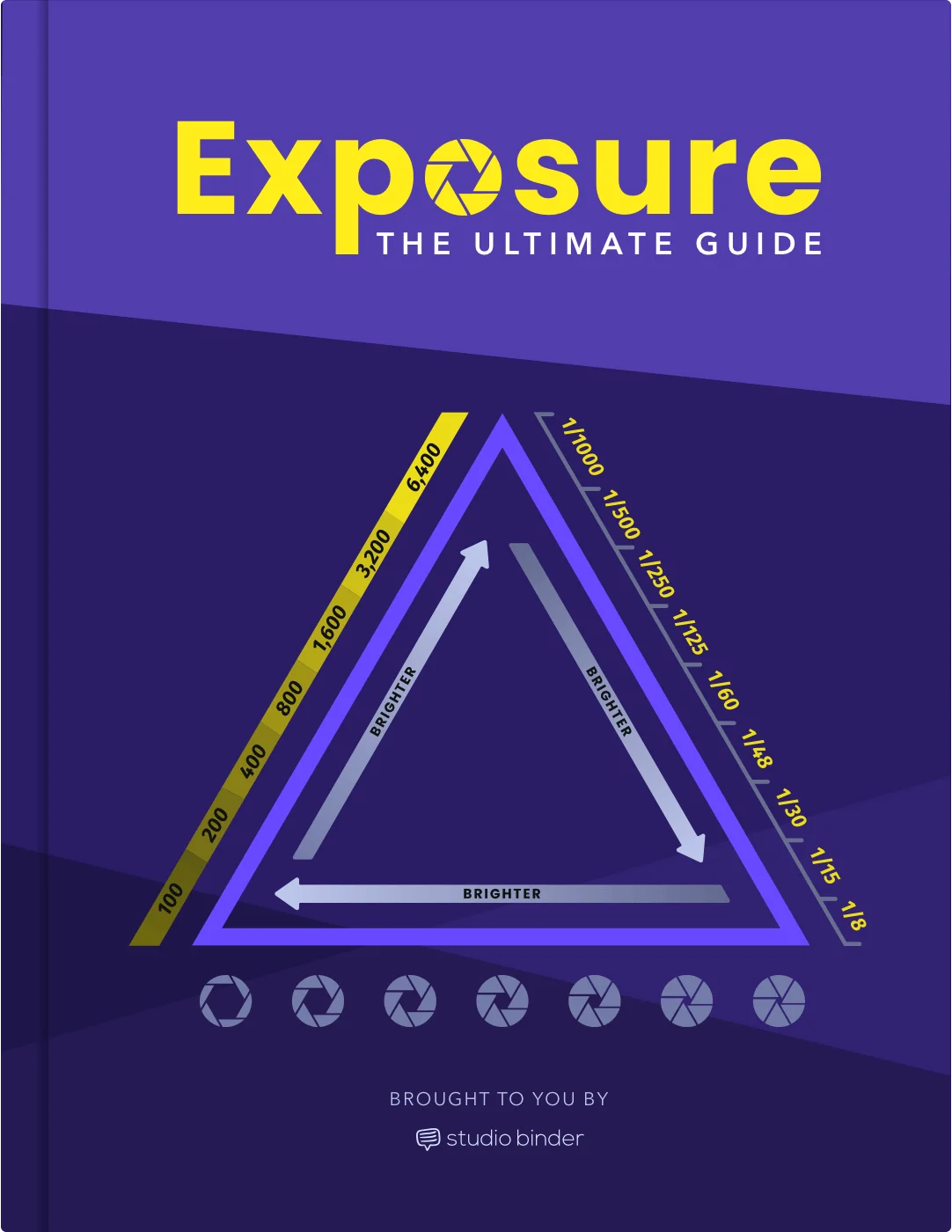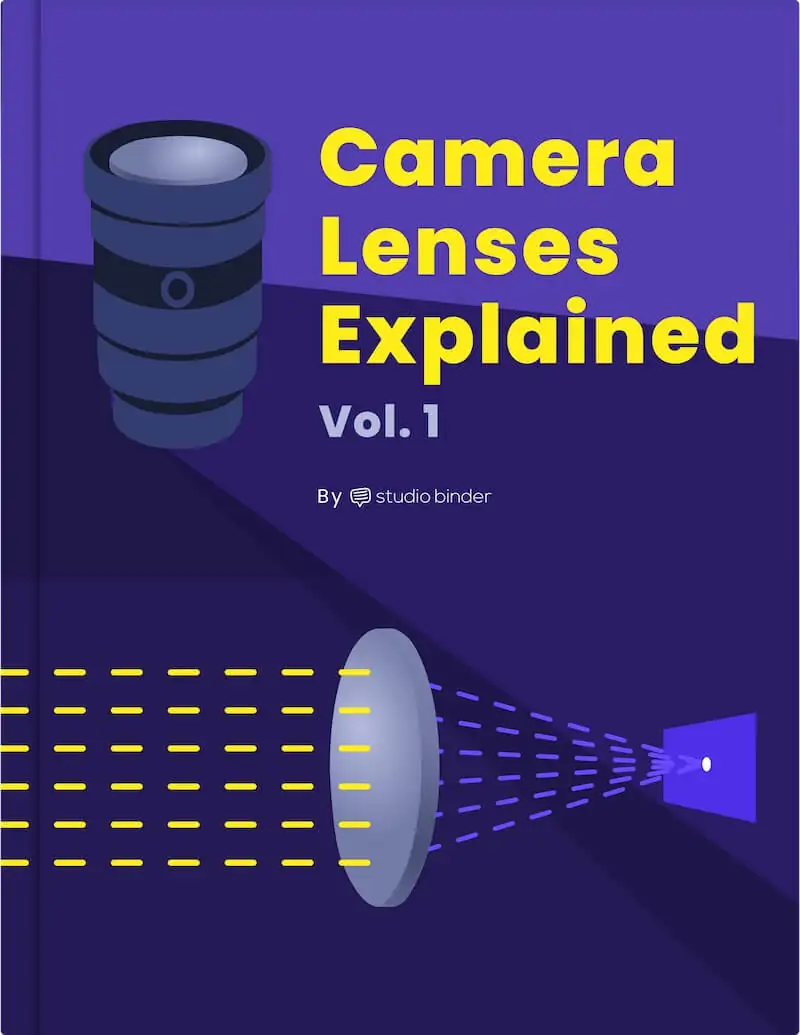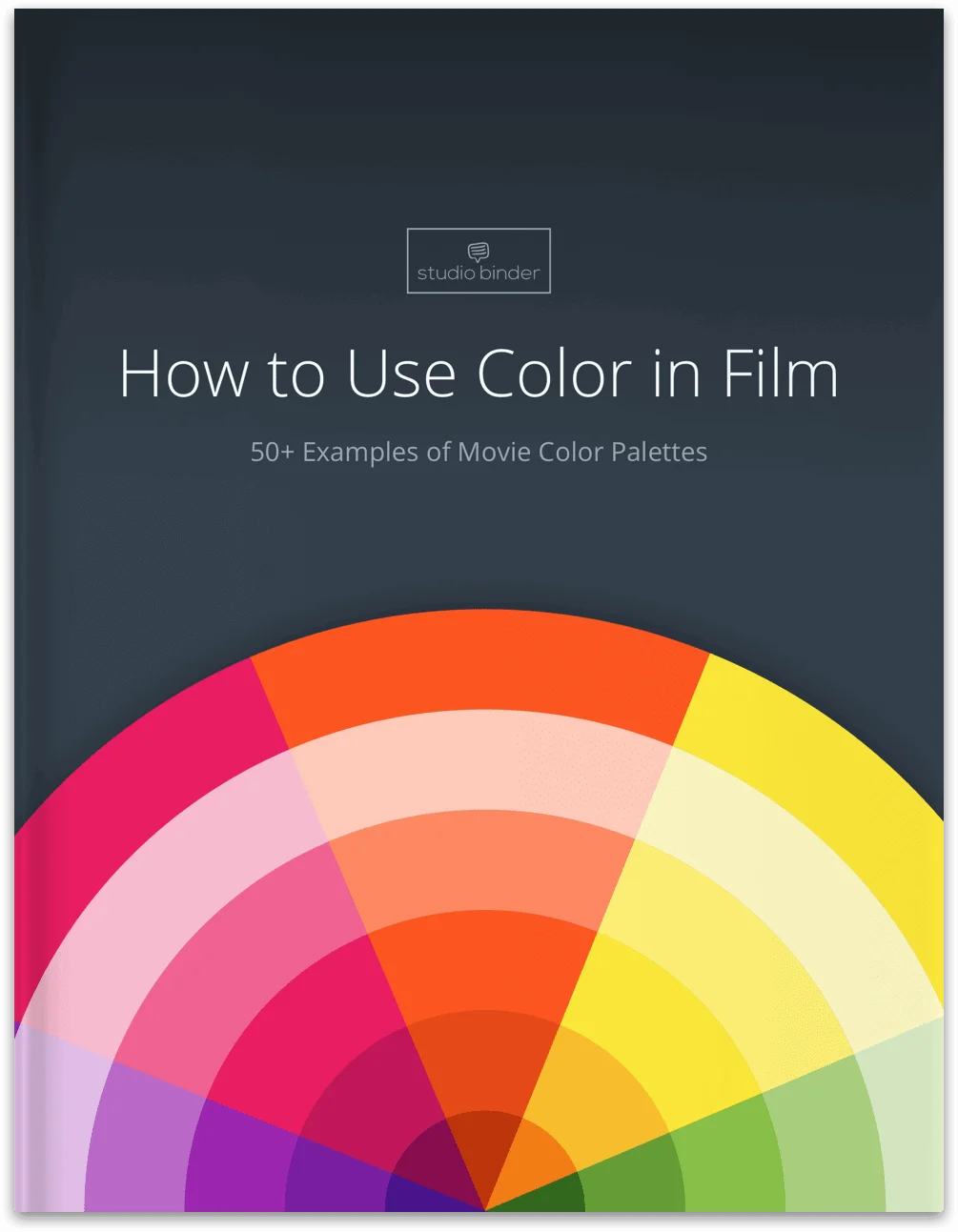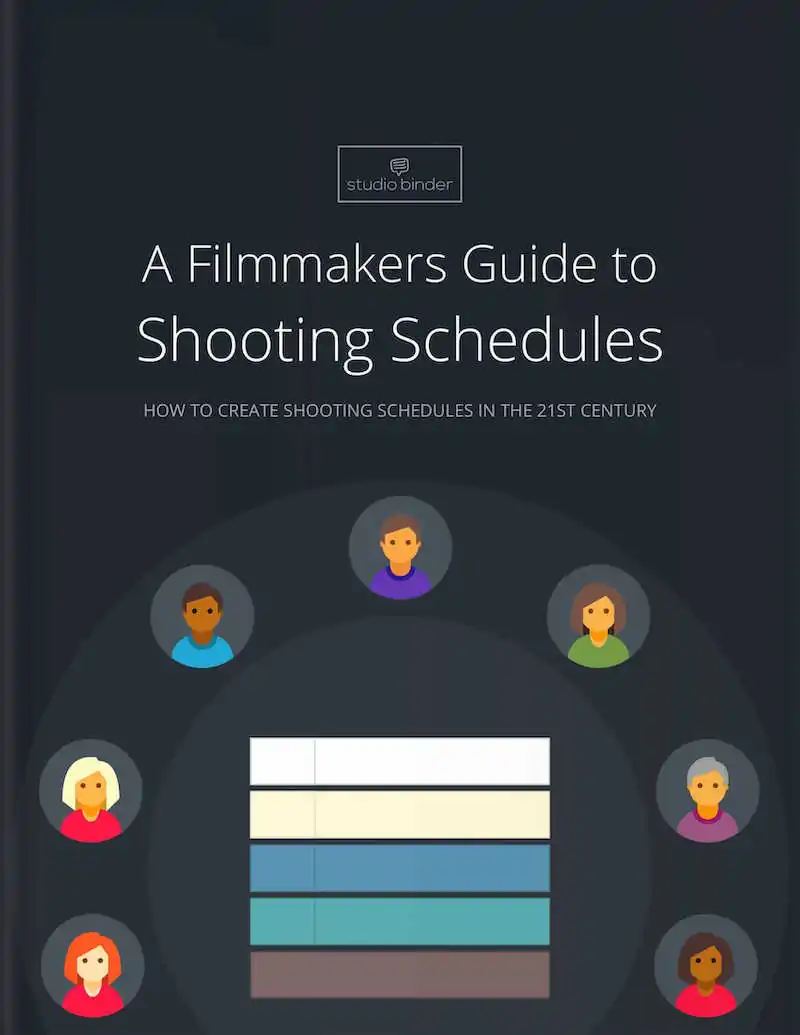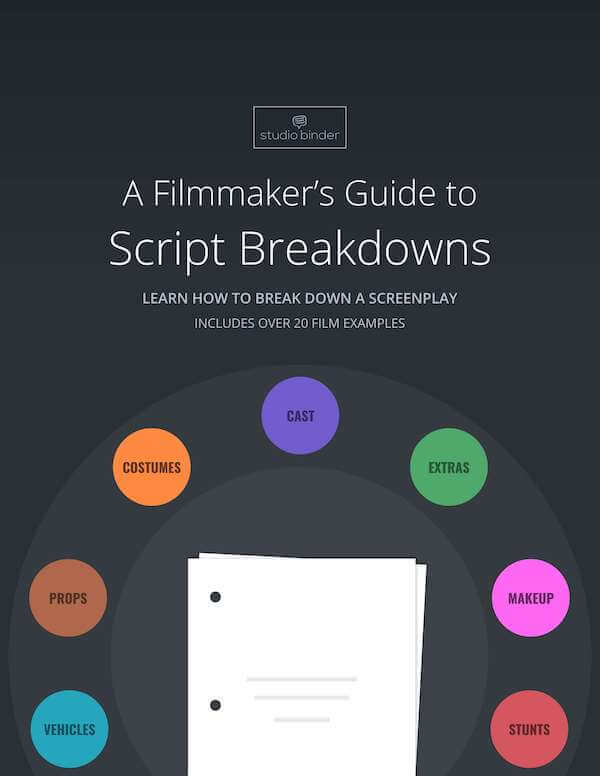One of the best places to start when learning about photography is learning about the different portrait lighting setups. From these lighting setups, you’ll be able to learn how light position can completely change the effect on a photo. One of the most common portrait lighting setups is broad lighting. What is broad lighting and how is it created? This is a simple, yet distinctive lighting setup that you will want to use or avoid depending on the effects you are trying to create in your photograph. In this article, we’ll discuss those effects and help you add this technique…
Any photographer, whether you are aspiring to be a professional or take photos as a hobby, wonders whether or not film photography or digital photography is better. Knowing the difference between the two will help you utilize each to what they’re best at. Ultimately, this will result in better photographs. Let’s take a look at the core differences between film and digital photography as well as the pros and cons of each medium. Continue reading Film vs Digital Photography — The Good & Bad of Each Format
The beauty behind a great edit is that sometimes the magic goes unnoticed. Using a library shot is one of those techniques that editors use that, when done correctly, should go unnoticed and tell a story. Library shots can save a budget, save a schedule, and quite possibly save a project. What is a library shot and how do you find the best ones? We’ll answer both of those questions and more in this article. Continue reading What is a Library Shot — Types of Shots in Film Explained
Beginner photographers often have the misconception that to create quality portraits, you need multiple lights and complex techniques. While this is true for some portrait lighting setups, many fundamental lighting techniques are quite simplistic. The split lighting technique is perhaps the most simple and achievable of all portrait lighting setups. It is an essential technique for all photographers. And in this article we’ll teach you why and how split lighting techniques are used. Continue reading Split Lighting Photography — Examples, Patterns and Setups
In a world where digital photography has become the norm, there is still a place for those who want to use physical film stock. While digital technology has made it easier to be a photographer, physical celluloid still has a charm and texture that no digital camera can ever fully replicate. And above all else, since photography can be so nuanced, the differences between digital and physical can mean a lot. So when it comes to photography, what is film stock and what types are there?Continue reading What is Film Stock — Various Types of Film Stock Explained
Finding the best camera lenses for your camera can vastly improve your images and overall production, but understanding camera lenses can be very time-consuming. In this article, we explain how to understand lenses for photo and video so that you can not only understand how your lens and camera work together but also which lens, or set of lenses, is the best option for you moving forward. Let's dive in.Continue reading Understanding Camera Lenses & How to Choose the Right Lens
Look at your mobile device, your high-definition television, or laptop computer; what do you see? Most likely it’s a rectangular widescreen, with a lot of the video you watch on it filling the entirety of the screen. We are of course talking about the 16:9 ratio, which has been the current standard in television and monitors since at least the mid-2000s. But what is 16:9 aspect ratio, where did it come from, and how did it become the new default?Continue reading What is 16:9 Aspect Ratio — Origins of the Widescreen Format
What is motion blur? Why does it happen? Is motion blur good? And, how can we control it? We will be answering all of these questions and taking a look at both the technical and creative side of this process in both filmmaking and photography. Before we get into creative applications like aesthetic blur, and before we look at how to get motion blur or how to create motion blur, let’s get started with a definition.Continue reading What is Motion Blur, Is Motion Blur Good & Why Does it Happen?
There are few terms in cinematography and photography more misunderstood than depth of focus. The term is often used interchangeably with depth of field, but the two ideas actually have two completely separate meanings. Depth of focus is critical to understand if you want to have a crisp image and a firm grasp on your camera operating skills. So what is depth of focus? And how is it different from depth of field? Continue reading What is Depth of Focus vs. Depth of Field? — Camera Essentials
You don’t need to be a pro to use forced perspective. In fact, you’ve probably seen your friends post photos using the technique. Some of the most iconic films have worked with it, and even semi-professional photographers often grace the internet with the unique visual elements it often gives. So how can you use it and create new and innovative images or footage? Well why don’t we first answer what is forced perspective, and then jump right in. Continue reading What is Forced Perspective? Examples of How to Trick the Eye
